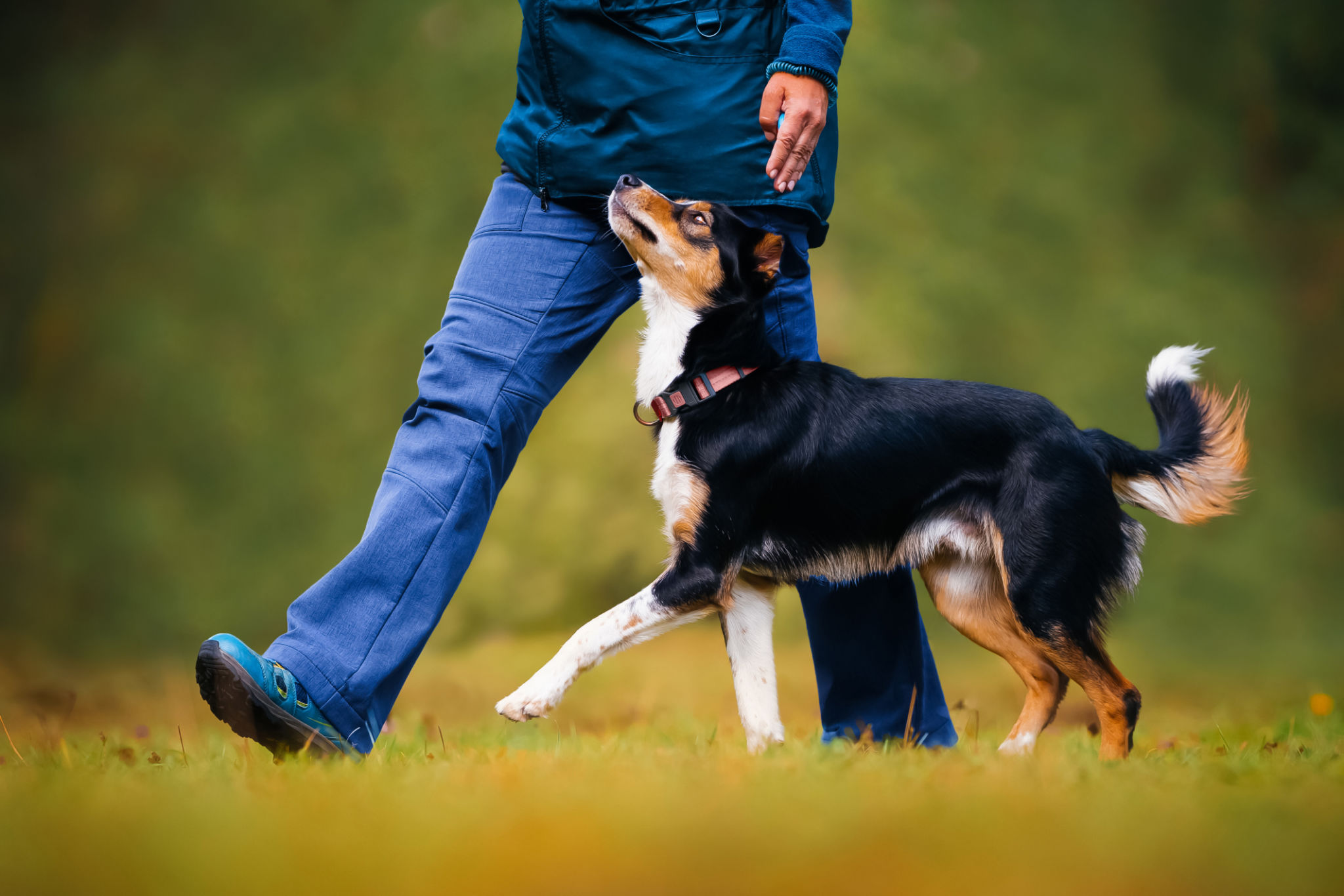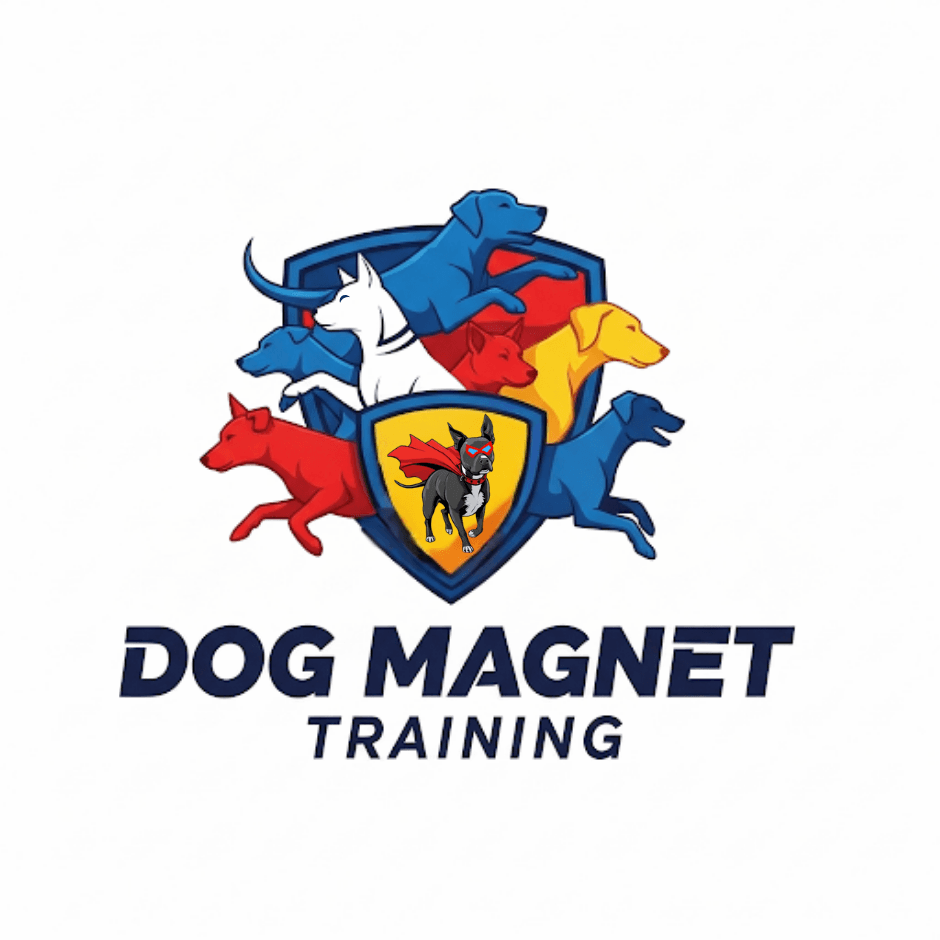DIY Dog Training Tips for Beginners
Understanding Your Dog's Behavior
Before diving into the world of dog training, it's crucial to understand your dog's behavior. Every dog is unique, and their personality can significantly affect how they respond to training. Observing their habits, likes, and dislikes can provide valuable insight into the most effective training methods. By understanding their body language and signals, you can tailor your approach to meet their specific needs.
One common mistake beginners make is expecting too much too soon. Dogs, like humans, have different learning paces. Be patient and give your furry friend time to adjust and learn new commands.

Essential Tools for Training
Having the right tools can make a significant difference in your training experience. A well-fitting collar and leash are fundamental for most training exercises. Additionally, using treats as rewards can be a powerful motivator. Choose treats that are small and easy to consume so that they don’t become a distraction.
Consider investing in a clicker, a small device that makes a distinct sound. Clicker training can be an effective way to reinforce positive behavior. The sound of the clicker marks the moment your dog performs the desired action, making it easier for them to understand what is being rewarded.
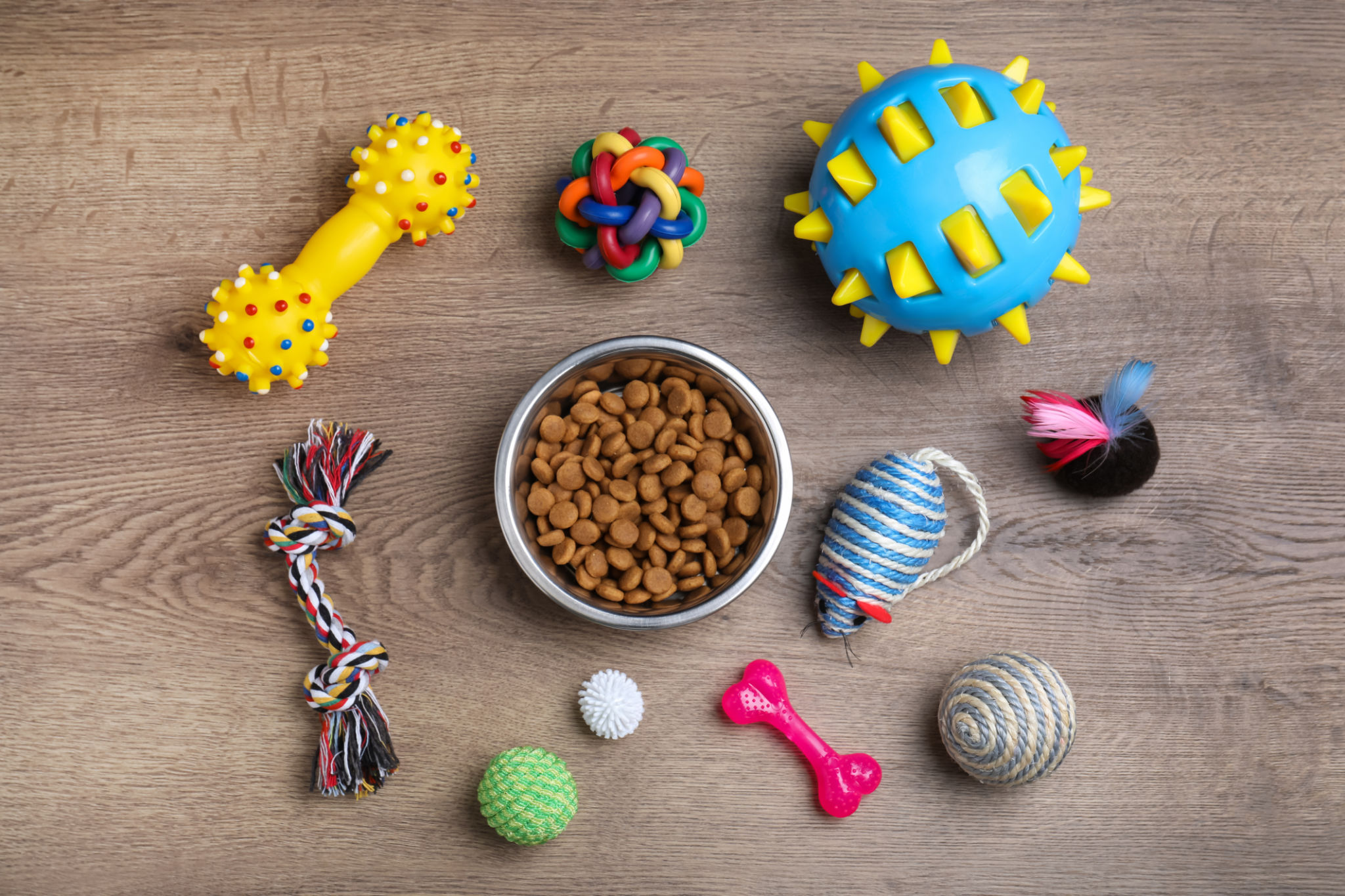
Start with Basic Commands
Begin with simple commands like sit, stay, and come. These foundational commands are essential for establishing control and ensuring your dog’s safety. Start training in a distraction-free environment and gradually introduce more distractions as your dog becomes more proficient.
- Sit: Hold a treat above your dog’s head and move it back toward their tail. As their nose follows the treat, they will naturally sit down.
- Stay: Ask your dog to sit, then open your palm towards them and say “stay.” Take a step back and reward them if they hold their position.
- Come: Use a happy tone to call your dog’s name followed by “come.” Reward them generously when they respond correctly.
Consistency is Key
Consistency is crucial when it comes to dog training. Make sure to use the same commands and reward systems each time you train. This helps your dog understand what is expected of them and reduces confusion. Regular practice sessions, even if they're short, can help reinforce learned behaviors.
It's also important to maintain a consistent schedule. Dogs thrive on routine, so try to conduct training sessions at the same time each day. This helps establish a rhythm and makes it easier for your dog to learn.
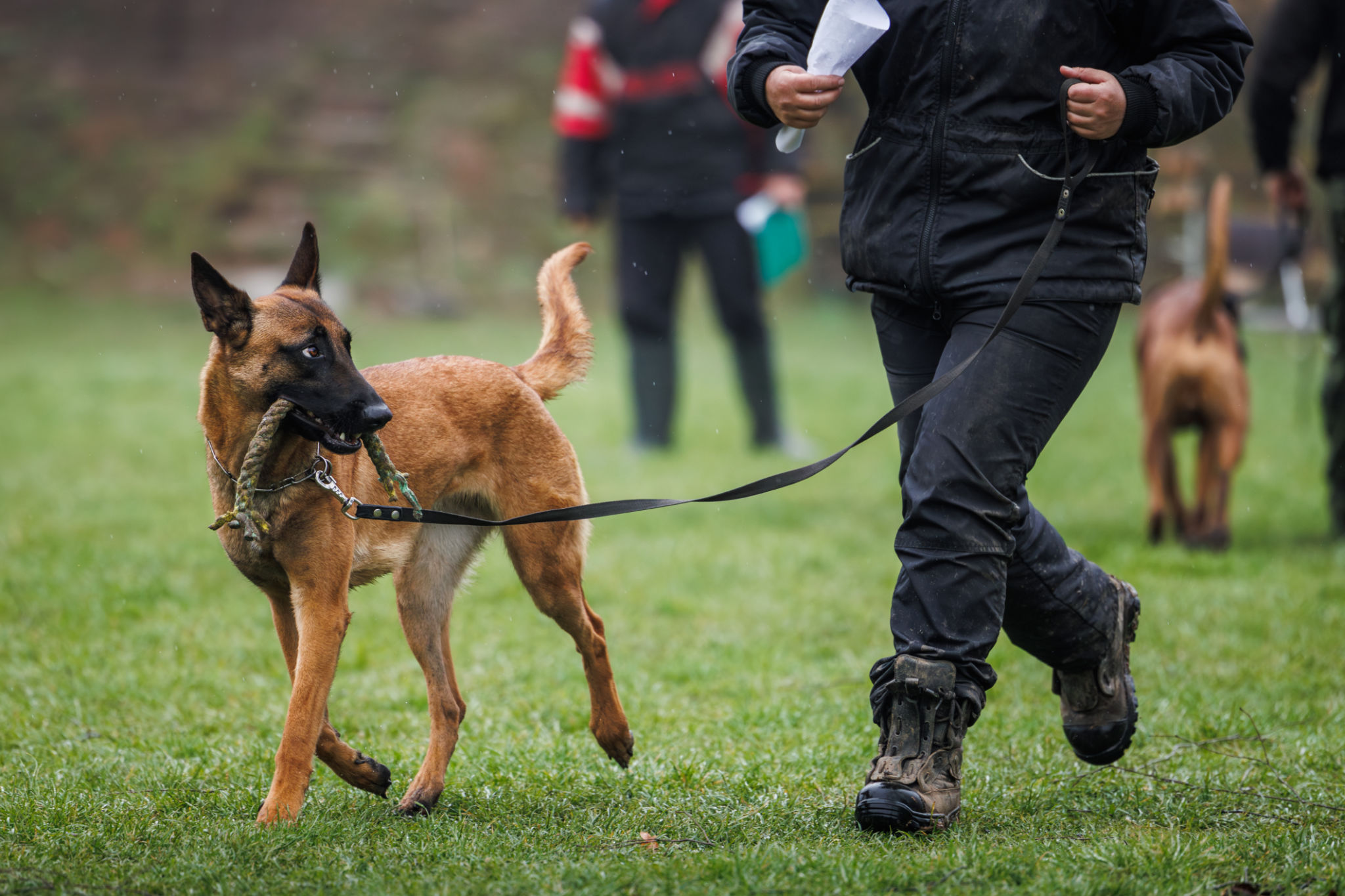
Understanding Positive Reinforcement
Positive reinforcement is one of the most effective training techniques. It involves rewarding your dog for good behavior to encourage them to repeat it. This method is not only humane but also fosters a strong bond between you and your pet.
Rewards can be anything your dog finds motivating, such as treats, praise, or playtime. The key is to provide the reward immediately after the desired behavior so that your dog makes the connection between their action and the reward.
Troubleshooting Common Issues
If you encounter issues during training, don’t get discouraged. Common problems like lack of focus or stubbornness can often be addressed with patience and persistence. If your dog isn’t responding to a command, consider if the environment is too distracting or if the reward isn’t motivating enough.
Sometimes, taking a step back and reassessing your approach can make all the difference. Remember that training should be a positive experience for both you and your dog.
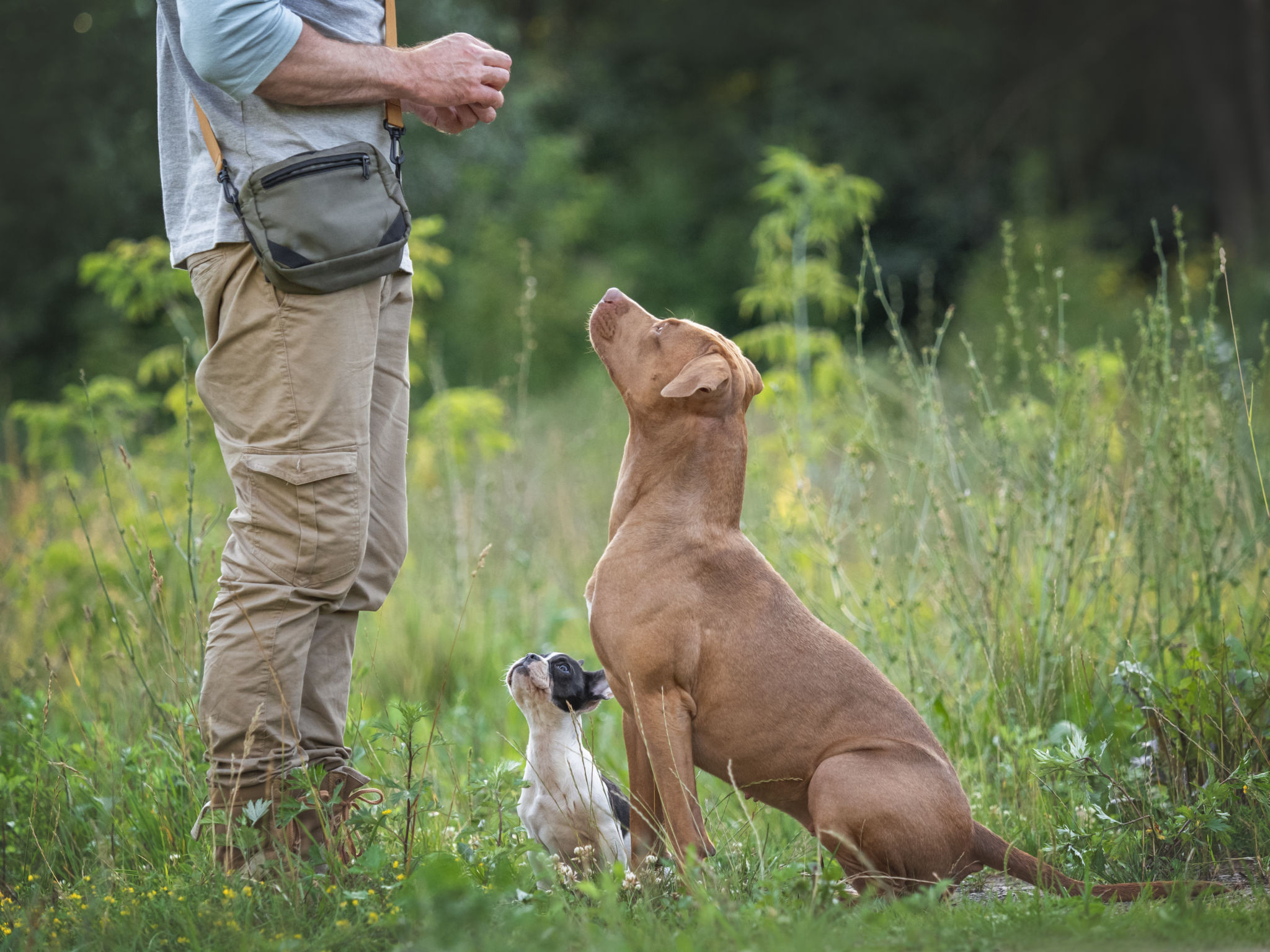
Socialization is Important
Socialization is an important aspect of training that is often overlooked by beginners. Introducing your dog to different environments, people, and other animals can help reduce fear and anxiety. This exposure helps them become well-rounded and adaptable.
Start socialization early in their life if possible. Take them on walks in different areas, visit dog-friendly parks, or arrange playdates with other dogs. These experiences will contribute significantly to their development.
Seek Professional Help When Needed
If you find yourself struggling despite your best efforts, don’t hesitate to seek professional help. A qualified dog trainer can provide guidance tailored to your dog’s needs and help address any specific challenges you might face.
Professional trainers can also teach advanced techniques that might be difficult to master on your own. Investing in professional guidance can save time and ensure that you’re on the right path to having a well-trained companion.
